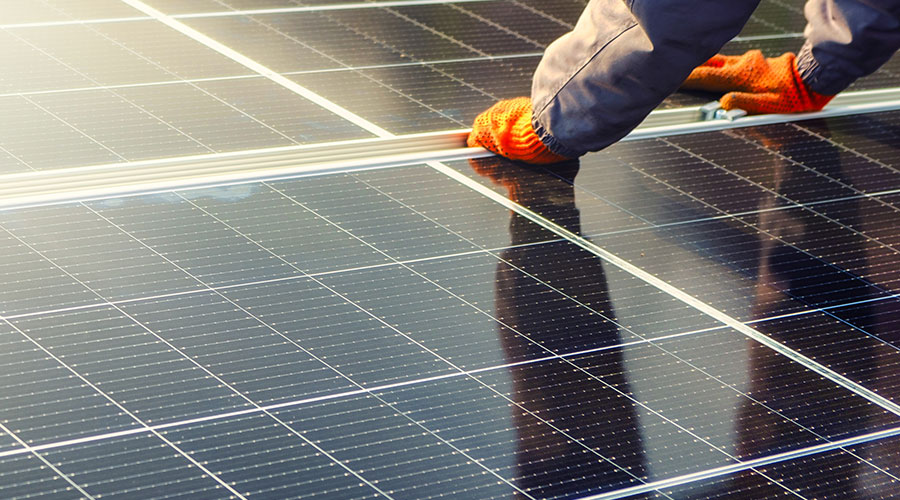Cool Roof Rebates, Incentives Can Vary By Region, Political Climate
As for other incentives, including utility-driven programs, a lot can depend on the climate — both weather and political. In Florida and California, a cool roof program is an easy sell. In other areas, it can be more contentious.
In the Southeast and Southwest, cool roof rebates are generally available from utilities, and in some cases are quite substantial — Florida Power and Light offers up to 45 cents per square foot for roofs that meet the program's requirements. To qualify, a newly installed roof has to be Energy Star compliant; in a retrofit, the project qualifies if "the existing solar reflectance of your roof is 40 percent and the retrofit application reflects at least 73 percent of the sun's heat."
For most utility incentives and energy saving programs, it's not good enough to simply have meters that track overall usage. Instead, the meters have to be able to provide detailed information on exactly how much energy is being used at certain times of day and how much usage can be dialed back when participating in programs like demand response. With this data available, a facility can gain much more flexibility when it comes to determining how to run systems such as lighting and HVAC during heavy demand times and how to take advantage of utility-sponsored incentives.
If a facility has to install additional metering, that cost has to be weighed against the value of the utility incentive.
"It's one thing to justify new metering in California, where those new meters will provide a real benefit 300 days a year plus, versus Chicago, where maybe the benefit of this very expensive new metering system is only going to come into play in June, July and August," Hoff says.
Benefits Beyond the Building
Why are there incentives to install cool roofs? One reason is that cool roofs help cut down on the "heat island" effect from large commercial buildings. To put it simply, if there's less heat being retained in a certain area, then any building within that area will need less effort from its HVAC system to maintain a comfortable temperature. In areas with warm temperatures and lots of sun, widespread use of cool roofs can make a big difference in how much power is used citywide. Even in cooler climates like Chicago, which requires cool roofs, the density of commercial buildings means that cool roofs can help cut down on the heat island effect. A cooler city needs less cooling energy. That doesn't even begin to describe the other benefits of reducing heat islands, such as reduced pollution and greenhouse gas emissions.
Related Topics:














